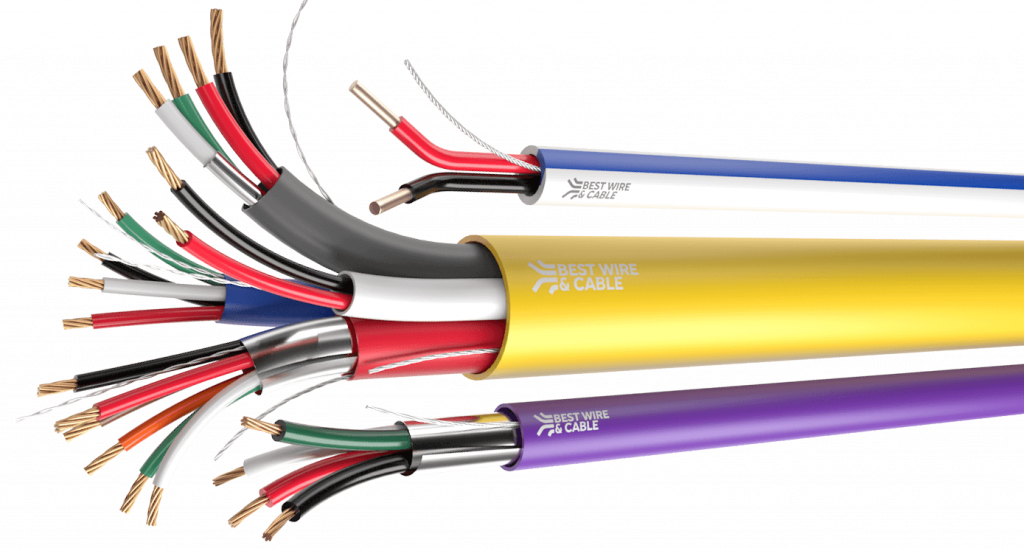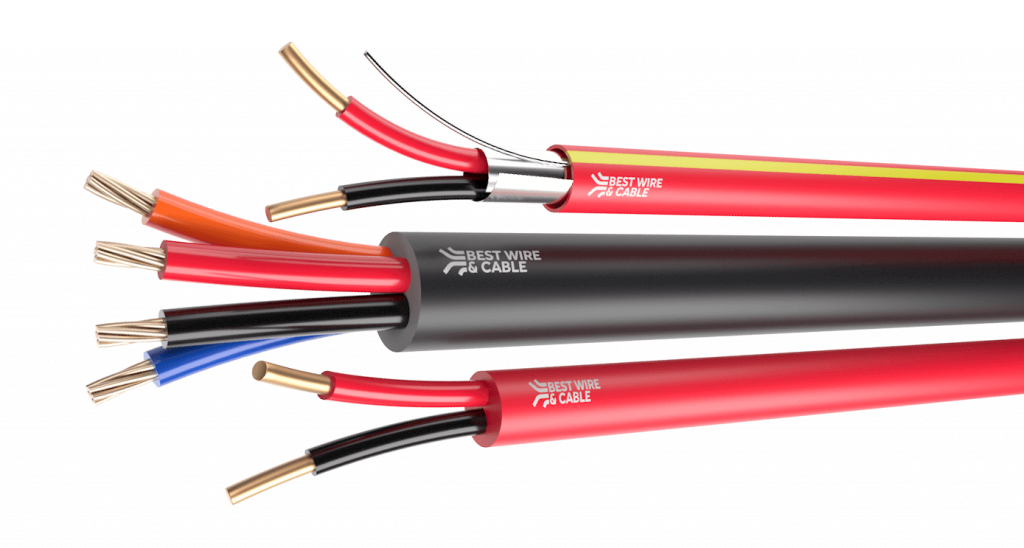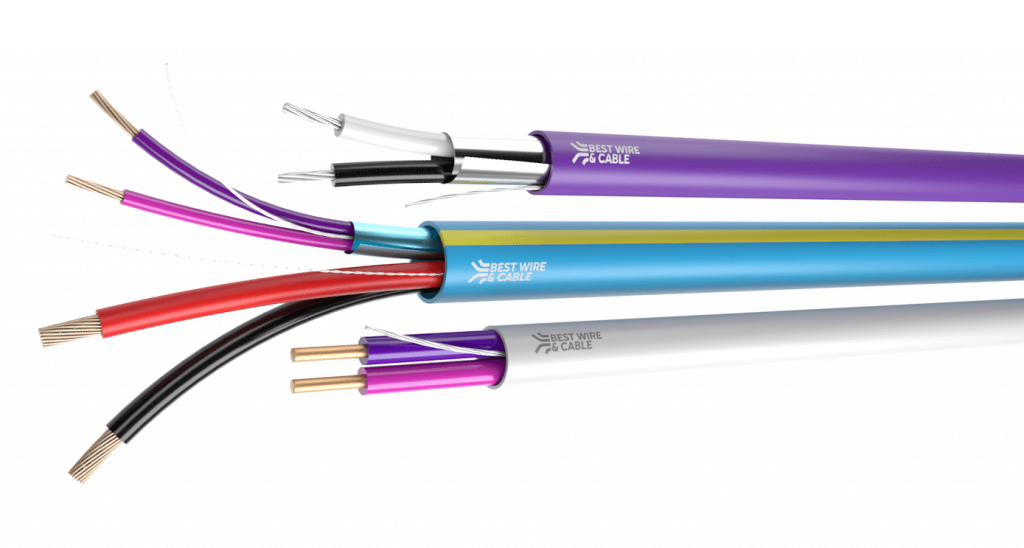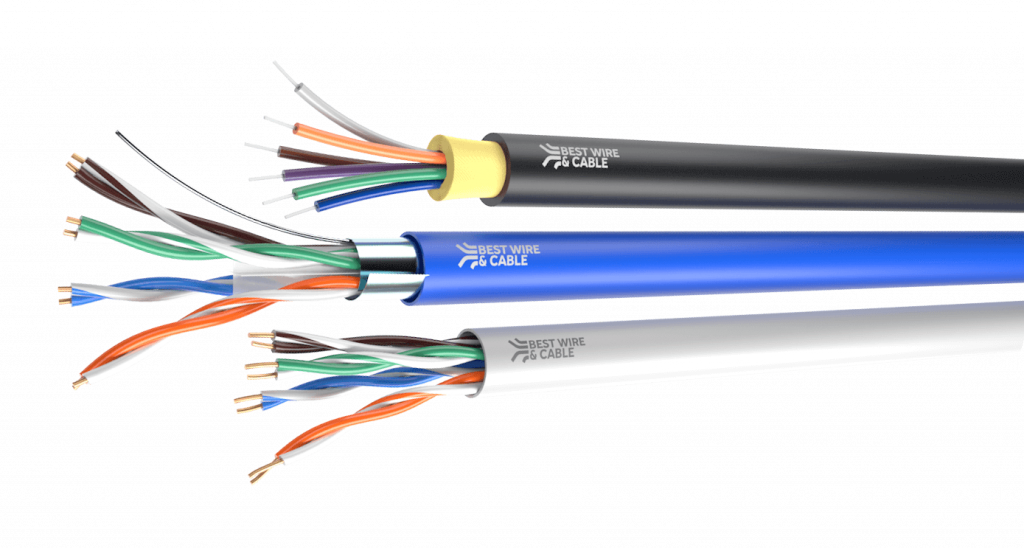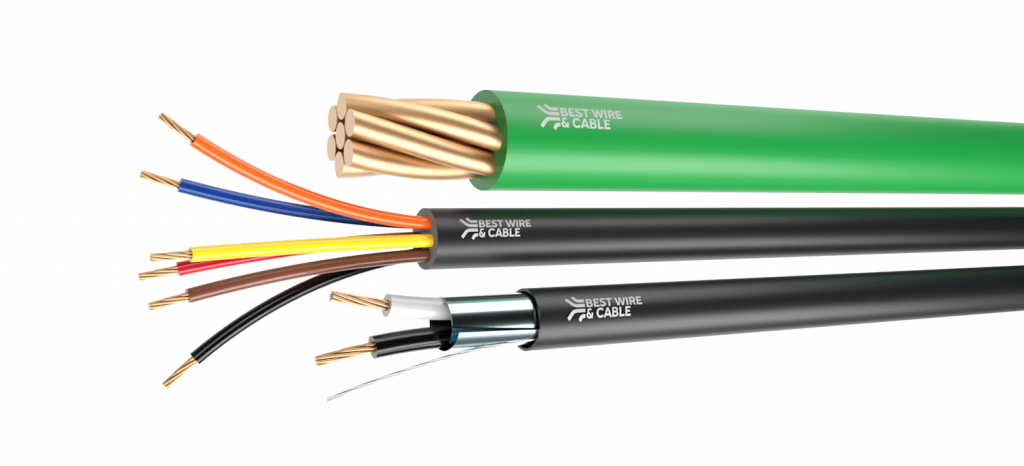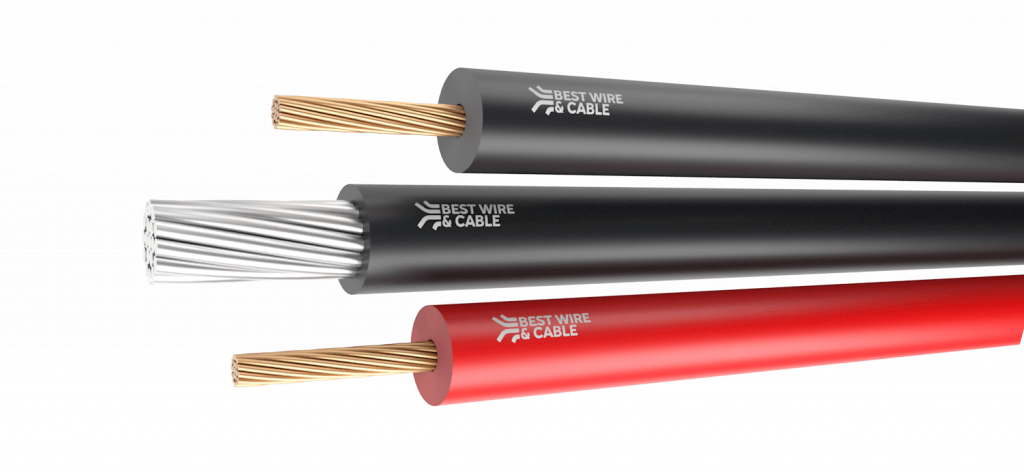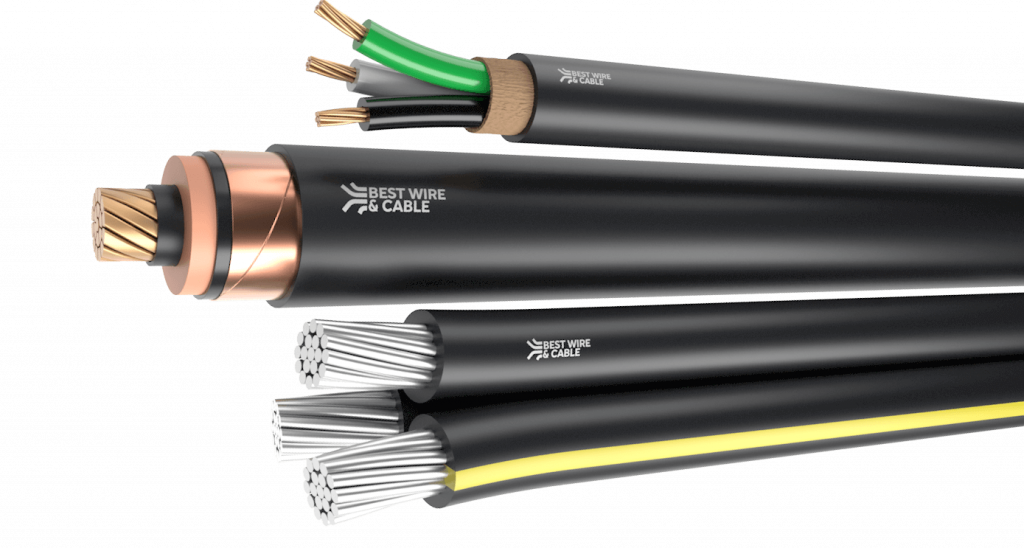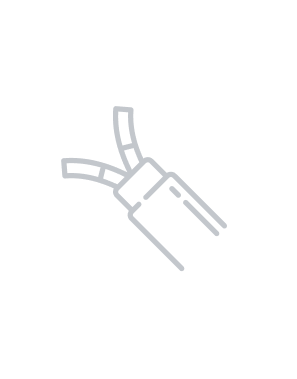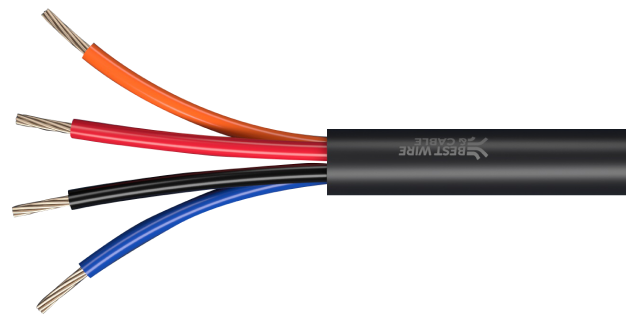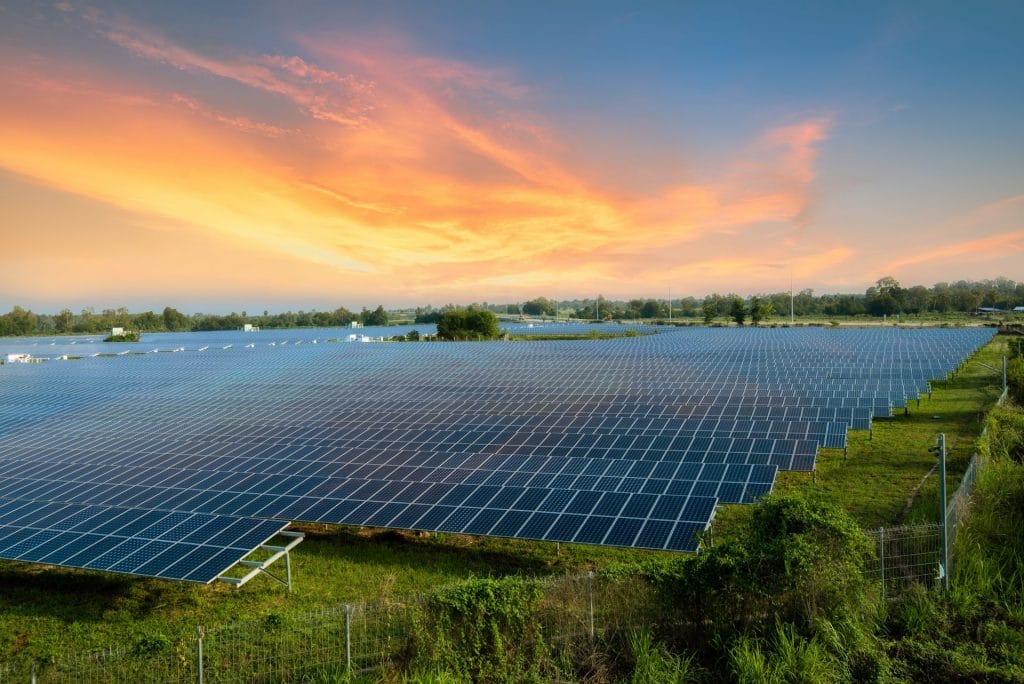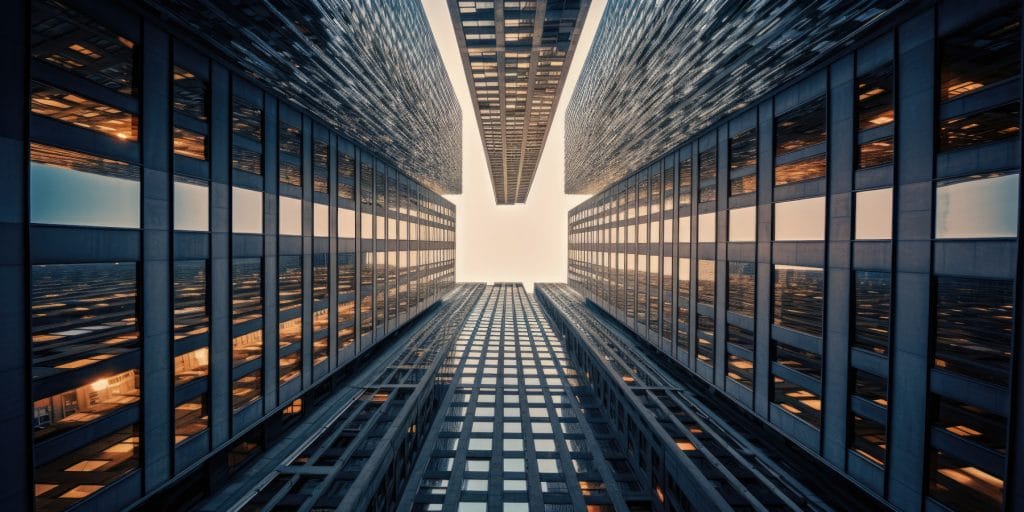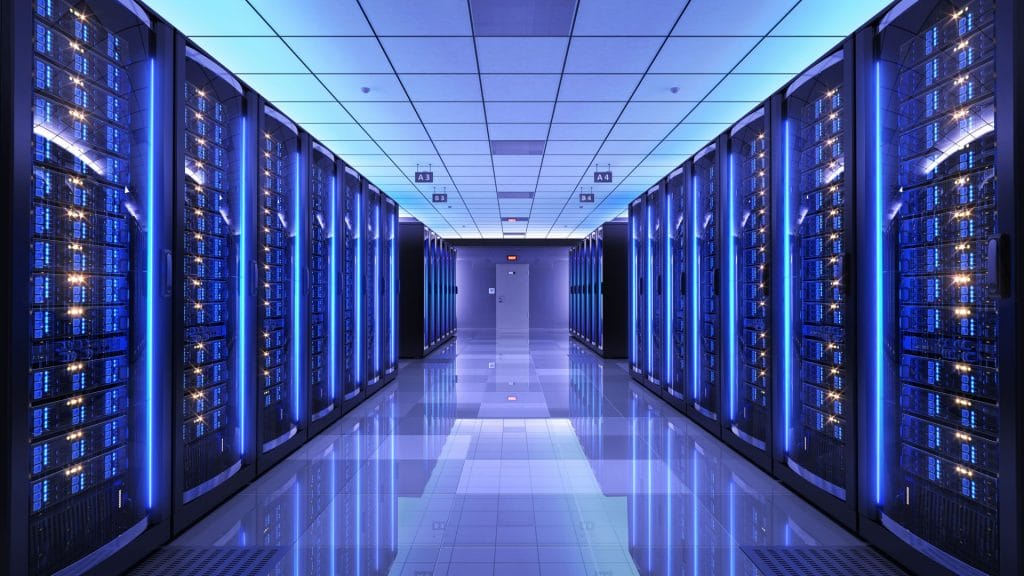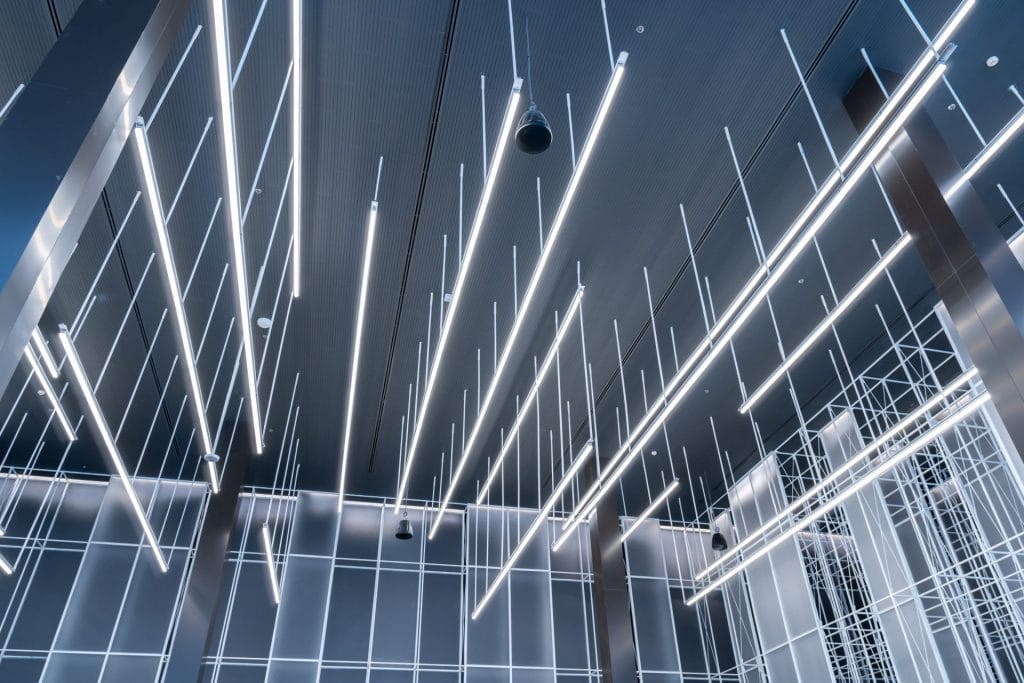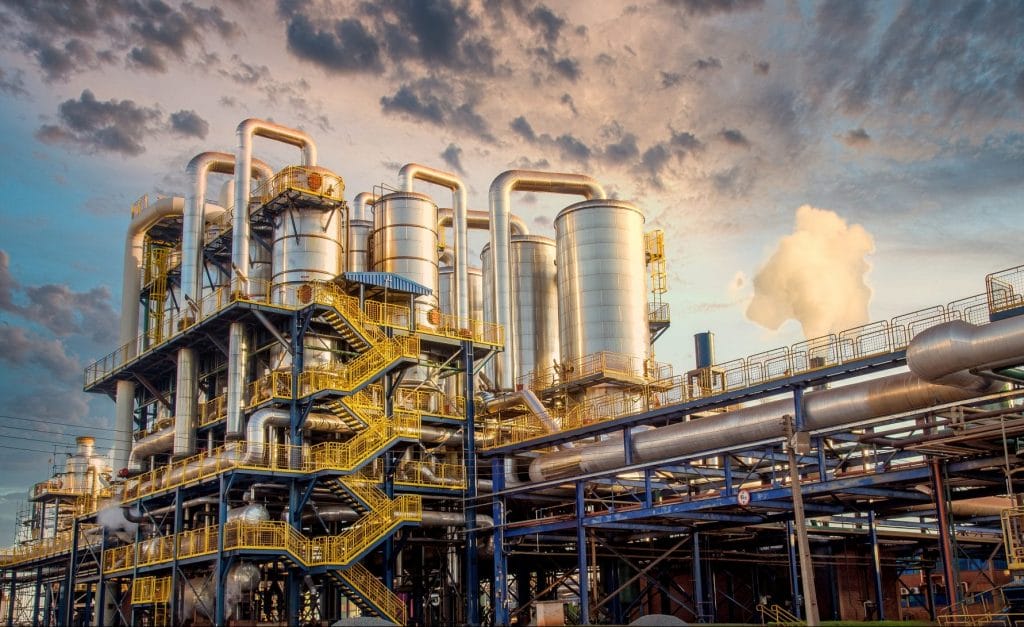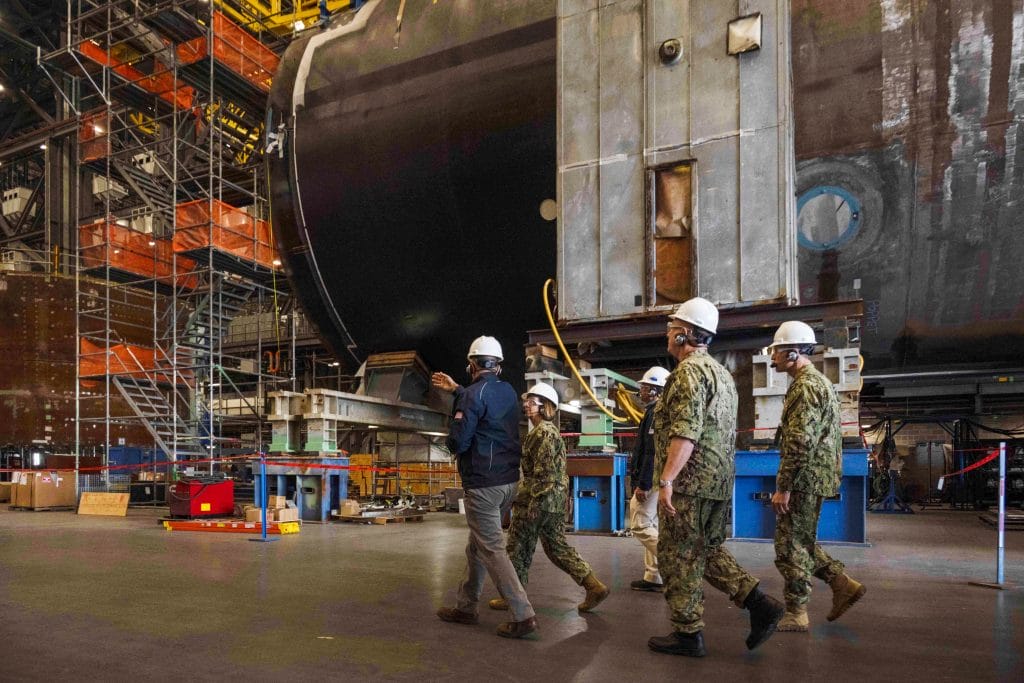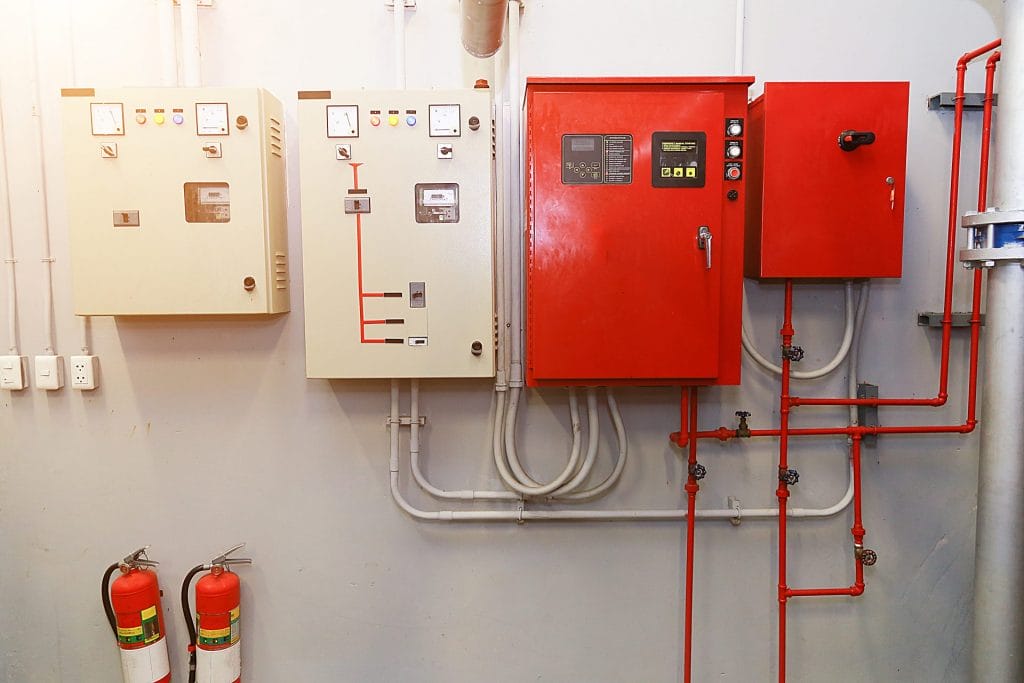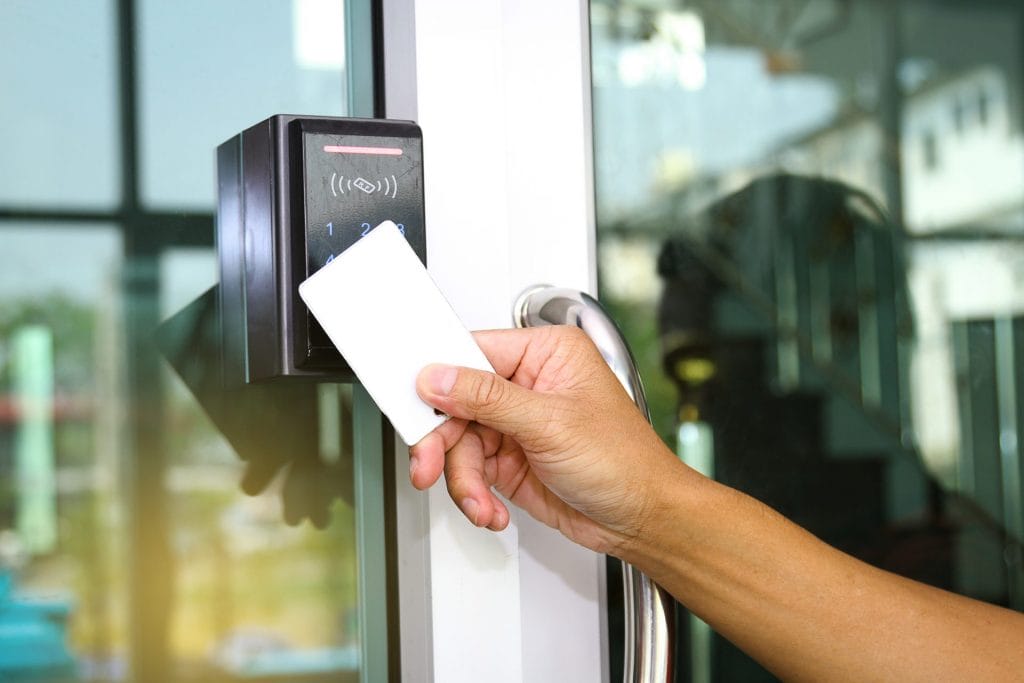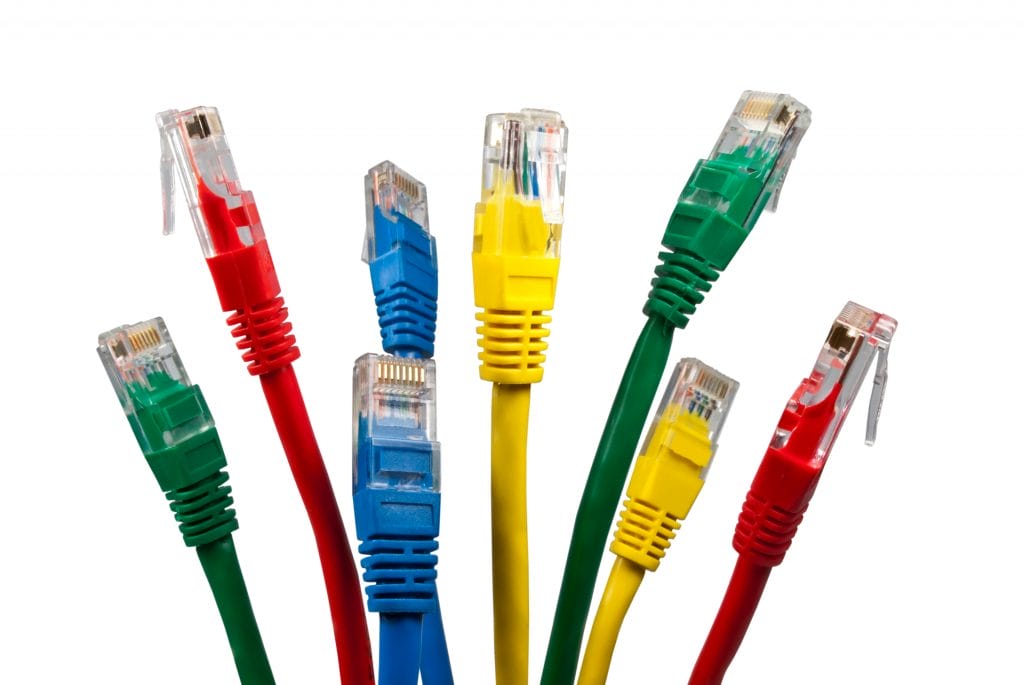Fire Safety in Data Centers: Why Cable Selection Matters More Than Ever
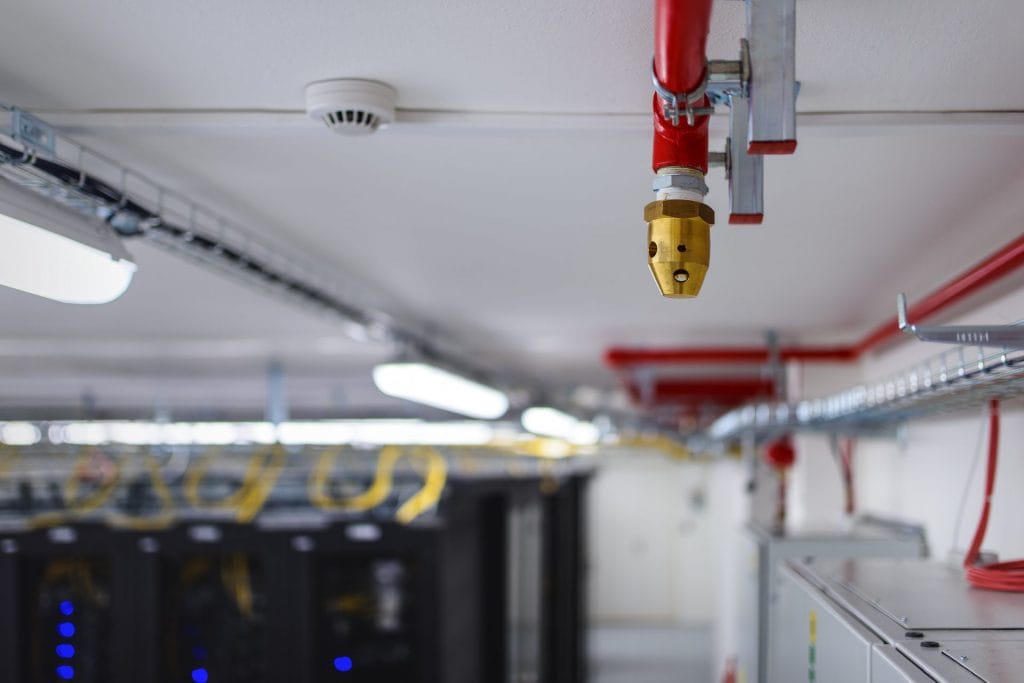
Data centers are the backbone of today’s digital economy. They host critical services and store sensitive data. When a fire occurs, consequences go far beyond equipment damage — downtime, data loss, and reputational harm can be catastrophic. That is why cable selection deserves renewed attention in modern data center design.
Cables are a hidden fire risk
Electrical failures and wiring faults are a leading cause of structure fires. In the residential context, electrical failures accounted for about 13% of U.S. home structure fires in a recent NFPA analysis — a useful proxy showing wiring still matters for fire risk. NFPA
In data centers, fires are comparatively rare, but when they happen they can be devastating. Between 2020 and 2022, fire accounted for roughly 3% of data center outages — down from earlier years — yet even rare incidents often trigger expensive outages and major remediation. Industrial Fire TX
The cost of a single incident
Downtime is expensive. More than half of data center operators reported their most recent impactful outage cost over $100,000, and one in five reported outages above $1 million. Reducing the chance and impact of fires is therefore a direct risk-management priority. Uptime Institute
Why cable materials matter
Traditional PVC insulations can emit dense smoke and corrosive halogen gases (like HCl) when heated. Those gases obscure vision during evacuation and corrode electronic components, amplifying damage beyond the fire itself. By contrast, Low Smoke Zero Halogen (LSZH / LSHF / LS0H) compounds produce far less smoke and negligible halogen gases in combustion tests, greatly improving survivability and protecting sensitive electronics. Laboratory studies and industry testing show LSZH materials have superior smoke/ corrosivity profiles versus PVC. ScienceDirect+1
Some standards-level and manufacturer testing indicates LSZH can reduce smoke density by as much as ~80% compared with PVC, improving visibility and decreasing corrosive damage during smoke exposure. That makes LSZH an attractive choice for enclosed, mission-critical spaces like data halls and equipment rooms. Hebei Sunua Advanced Material Co., Ltd+1
Cable geometry and routing also matter
It’s not only material choice. How cables are routed and bundled affects heat dissipation and fire propagation. Overpacked cable trays restrict airflow and trap heat, increasing thermal stress in nearby conductors. Good practice includes using appropriately sized trays, separating power and data runs where required, and avoiding tangled bundles that interfere with cooling. Design choices that improve airflow inherently reduce fire risk.
Detection and suppression must complement cable choice
Early detection systems like aspirating smoke detection (e.g., VESDA) detect microscopic particles far earlier than standard detectors. These early warnings allow targeted suppression before a thermal event escalates. For suppression, clean-agent systems (Novec 1230, FM-200 alternatives) are favored because they protect electronics without water damage. Combining early detection, clean suppression, and LSZH cabling creates layered protection that minimizes damage and recovery time. DataCenterKnowledge
Emerging risks: higher power densities and batteries
Modern AI and high-density racks generate extreme heat and higher electrical loads. Projections show AI compute demand could dramatically increase data center power needs worldwide, placing new stresses on electrical infrastructure. At the same time, lithium-ion battery systems for UPS and energy storage present unique fire risks that must be accounted for in cable and room design. Recent incidents underscore the importance of robust cabinet-level protection and properly rated wiring in power distribution systems. RAND Corporation+1
Practical recommendations
-
Specify LSZH or LSHF jackets for data halls, risers, and enclosed pathways.
-
Separate high-current power runs from sensitive fiber and data bundles to reduce heat transfer.
-
Design trays for airflow and avoid overfilling. Use vertical distribution that supports cooling strategies.
-
Deploy aspirating smoke detectors and clean-agent suppression in critical rooms.
-
Audit power systems regularly for loose terminations, overloaded circuits, and aging insulation.
Final thought
Cable selection is no longer a low-priority procurement detail. With rising rack densities, higher voltages, and the growing presence of battery storage, the right cables can mean the difference between a minor incident and a multi-million dollar outage. Thoughtful material choice, disciplined routing, and integrated detection/suppression strategies together form the best defense.
Resources & Further Reading
-
NFPA — Home fires caused by electrical failure or malfunction. NFPA
-
Uptime Institute — Global Data Center Survey and Annual Outage Analysis (2024). Uptime Institute+1
-
RAND Corporation — AI’s Power Requirements Under Exponential Growth (2025). RAND Corporation
-
Scientific/technical study on LSZH flammability and smoke corrosivity (Zeng et al., 2021). ScienceDirect
-
Industry analysis — Data Center Fire Statistics and case studies (IndustrialFireTX). Industrial Fire TX
-
Wired — coverage of recent data center electrical fire incidents and lessons learned. WIRED
Protect your data and infrastructure—explore our selection of fire-safe cables today. Visit our website to find the right solution for your facility.
